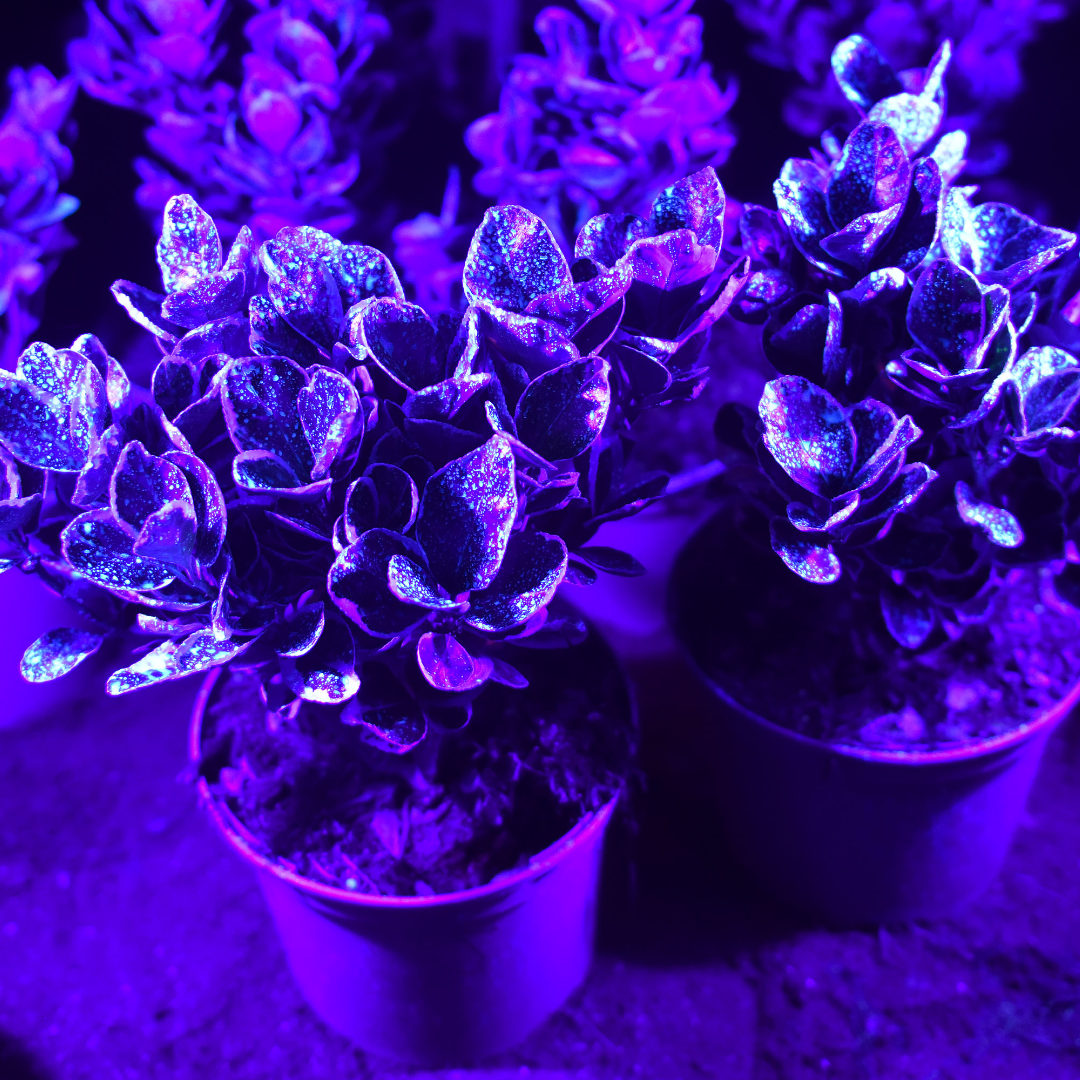A moving story
What is the difference between contact and systemic plant protection products?
When should I use a contact product?
When should I use a translaminar or systemic product?

Among the many things you have to consider when deciding what and how to spray to treat a pest or disease on ornamental crops are where the problem occurs on the plant; whether you can target it directly with your application; and whether or not you need some ‘residual’ activity within the plant.
Some insecticides, for example Syngenta’s Hallmark Zeon (lambda-cyhalothrin)*, are only effective when in contact with the pest. But some pests, such as glasshouse spider mites (also known as the two-spotted spider mite), thrips and leafminers, are difficult to hit directly with a spray. This is when a product that can move within the plant after application comes into its own. Some, such as Dynamec, can travel relatively short distances, for instance from the upper to lower leaf surface; others can go further.
Studying how plant protection products move within a plant – biokinetics – is an important part of how we design and develop new products but knowing a little more about it can also help you get the best from your applications. In this blog I want to look more closely at the different ways products behave.
The three biokinetic pathways
It’s important to remember that when we talk about contact, translaminar and systemic activity, it only describes whether or not the product moves within a plant after it has been applied. That’s quite separate from its ‘mode of action’ which, as we’ve seen in previous blogs, is the specific chemical reaction or physical mechanism by which a product stops the target pest or pathogen.
Contact products
The active substance remains only on the sprayed surface of the plant. It must come into contact with the pest or pathogen to exercise control.
Pros: If the infestation or infection is restricted to the plant’s surface, the surface is all you need to treat.
Cons: Areas out of reach of the spray are unprotected, as are any new shoots or leaves that grow after an application; and there is limited or no control of those pests or pathogens that spend part or all of their life-cycle within plant tissue
Art of application: Good application technique and addition of adjuvants to spread the spray on the plant surface will optimise performance.

Translaminar (also known as locally systemic) products
The active substance enters the plant tissue where it remains locally as a ‘reservoir’, affecting pests feeding or pathogens growing on or within that tissue. The term translaminar comes from the substance’s ability to move within leaf tissue from the upper sprayed surface to the lower surface.
Pros: The active substance comes into contact with pests or pathogens living in hard-to-reach parts of the plant such as the underside of leaves, and inside shoots and flower buds, as well as within plant tissue.
Cons: The active substance cannot spread through the whole plant so any new shoots or leaves that grow after an application will be unprotected.
Art of Application: These products, which include Syngenta’s insecticide Dynamec, tend not to leave long-lasting residues on sprayed surfaces so fit well into IPM programmes.
Systemic products
Absorbed by leaf or root tissue, the active substance enters the vascular system within which it’s transported to other parts of the plant. It travels in the xylem, which conducts water upwards from roots to leaves and shoots in the transpiration stream; or in the phloem, which carries the products of its metabolism, such as sugars and amino acids, from where they are made to where they are used and stored.
Pros: The active substance moves around the plant so is more likely to reach sites where pests and pathogens are active, including parts hard to target with sprays, and new tissue that develops after an application.
Cons: Fewer systemic products are being authorised because the reservoir of active substance in the plant is more likely to affect some beneficial organisms and biocontrol agents as well.
Art of Application: Systemic products such as Syngenta’s fungicide Subdue are good candidates for drench application or incorporation in growing media.
Experienced growers will be running through these points subconsciously each time they prepare to treat a crop, but it’s important to check periodically you are giving the products you use every opportunity to work for you.
Once you know what product you’ll be using and what you need to do to maximise control, you can adjust your application in line with the label and the tips in the Art of Application series to get the best possible results.
In the next blog we’ll look in more detail at how movement into plant tissue and within the vascular system are affected by the product’s chemistry and formulation, and how we use that knowledge to design our products.
[*EAMU on outdoor and protected ornamentals]
